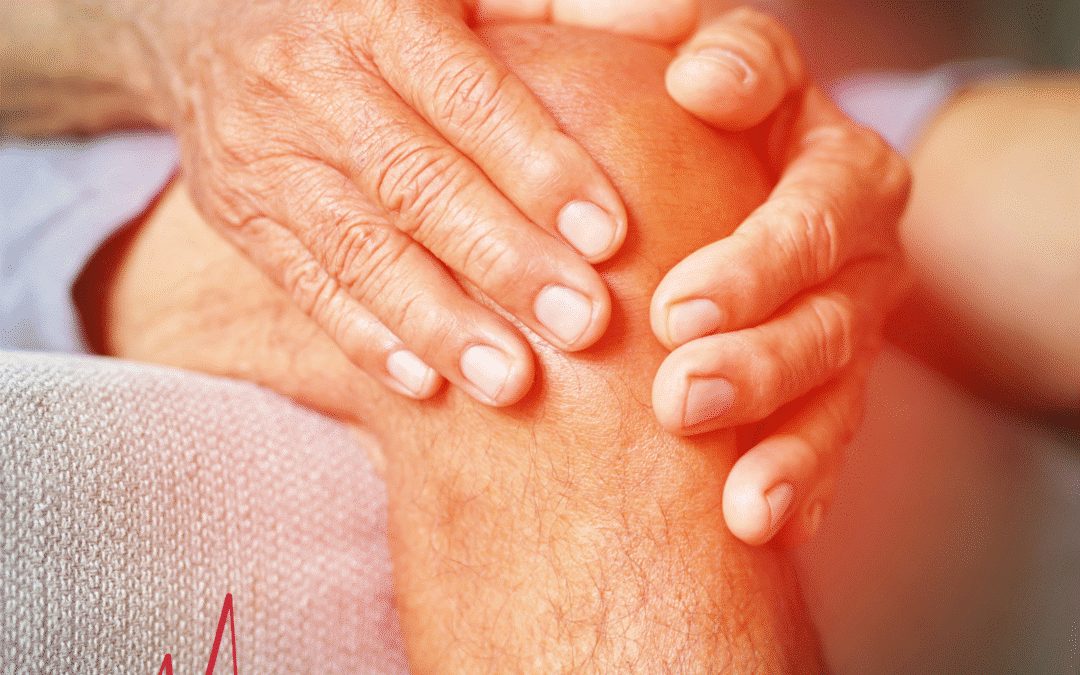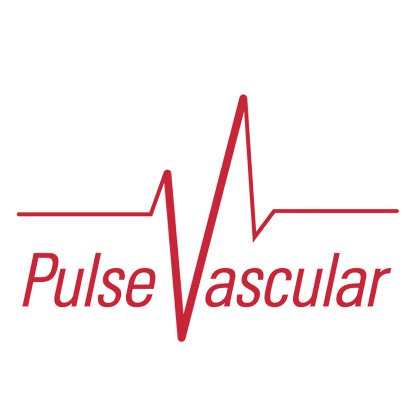Peripheral Arterial Disease
Peripheral Arterial Disease Specialist in New Jersey
Remarkable Treatment Will Save You from Amputation
PAD, Peripheral Arterial Disease, is a serious, yet treatable disease, characterized by a narrowing or blockage of the arteries that carry oxygenated blood to extremities such as the legs. Dr Hollander can perform a minimally invasive, same day, outpatient vascular procedure with just a tiny pin hole.
If you are a dialysis patient with arm or leg access, The Pulse Vascular Team of Specialists can maintain your life line and treat your symptoms relating to a failing access – keeping your arm or neck swelling, pain and dysfunction to a minimum.
Let the Pulse Vascular team of specialists save you from leg pain or worse, losing your limbs!
Early signs of PAD
Because many of the symptoms of PAD go undetected or mimic other conditions, it may be difficult to detect PAD until it begins to manifest. Avoiding many of the risk factors, like smoking and obesity by cessation and exercise will stop the disease before it starts.
Take a look at the common risks, predispositions, and signs/symptoms, then read up on some of the testing and procedures the Pulse Vascular Specialists can perform for you using comfortable,minimally invasive, state-of-the-art equipment and techniques:
Causes
- Atherosclerosis
- Radiation exposure
- High cholesterol
- High triglycerides
- Poor nutrition
- Inflammatory diseases
Risk Factors
- Smoking
- Aging (most common over the age of 50)
- Obesity
- Race (more prevalent in Hispanics and African Americans)
- Aging (more prevalent in women 40-49 and men 70-79)
Predispositions
- Predispositions
- Diabetes
- Hypertension (high blood pressure)
- Excess Blood Cholesterol
- Existing Heart Disease
- Kidney Disease
- History of heart attack or stroke
Disease Symptoms
- Muscle cramping in the lower extremities (calves, thighs, hips)
- Intermittent claudication (pain with walking, resolving with rest)
- Rest Pain (prolonged aching in the muscles that do not subside, even at rest)
- Leg or foot wounds that are slow to heal or do not heal at all (could eventually develop into ulcers)
- Cold feet and/or legs
- Color changes to legs, feet and toes (paleness or blueness)
- Weak pulse in the legs or feet
- Buttock pain
- Hair loss on the legs
- ED (erectile dysfunction) in men
- Acute limb pain
- Chronic Leg and Foot Pain
- Neuropathy/Numbness
- Poor nail growth
Treatments
Ankle-brachial Index (ABI)
Duplex Vascular Ultrasound
Intravascular Ultrasound (IVUS)
Angioplasty and Stenting
Atherectomy
Recent Articles

Balance Diabetes Challenge
November is Diabetes Awareness Month. According to the American Diabetes Association, 645,000 (9.2% of the population) New Jersey adults have been diagnosed with diabetes. Each year an additional 53,000 New Jersey adults are diagnosed with diabetes. While...

GAE reduces Knee Pain
Understanding Knee Pain and How GAE Can Help Knee pain can make everyday tasks—like walking, climbing stairs, or even sleeping—feel like a challenge. If you’ve been told you have arthritis or osteoarthritis in your knees, you’re not alone. Millions of people...

Link Between Chronic Disease and Peripheral Vascular Disease
What Is peripheral arterial disease (PAD), and Why Should You Care? The association of chronic disease with PAD: Peripheral Arterial Disease (PAD) is a condition that affects blood flow to your legs and feet. It happens when your arteries become narrowed or blocked,...
